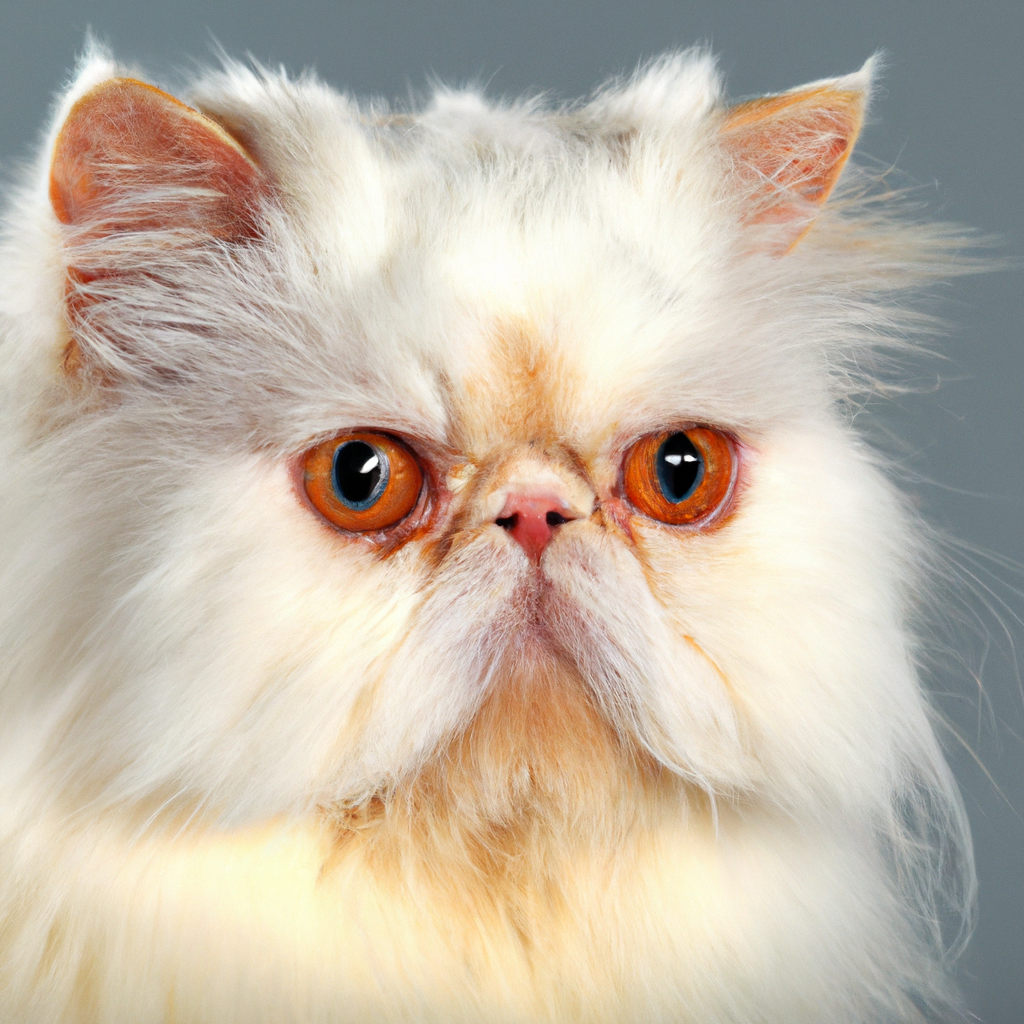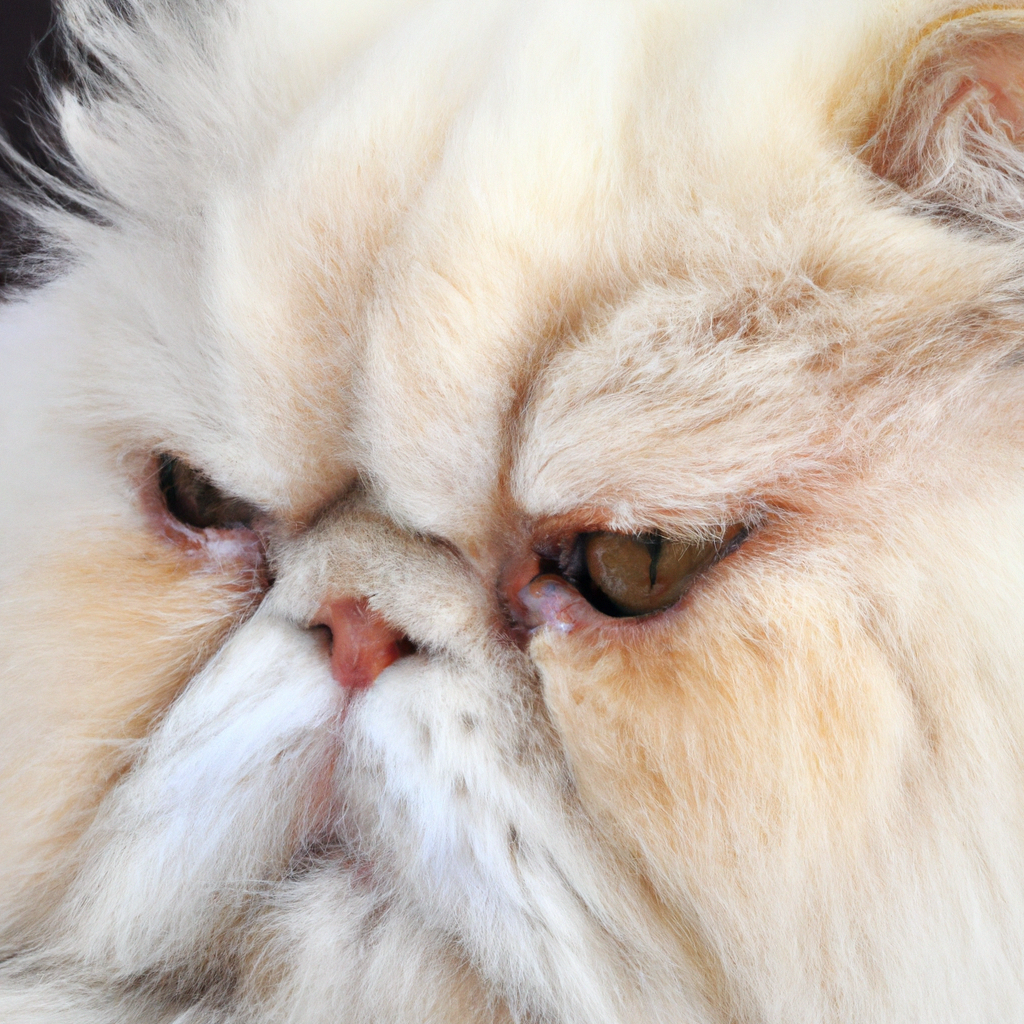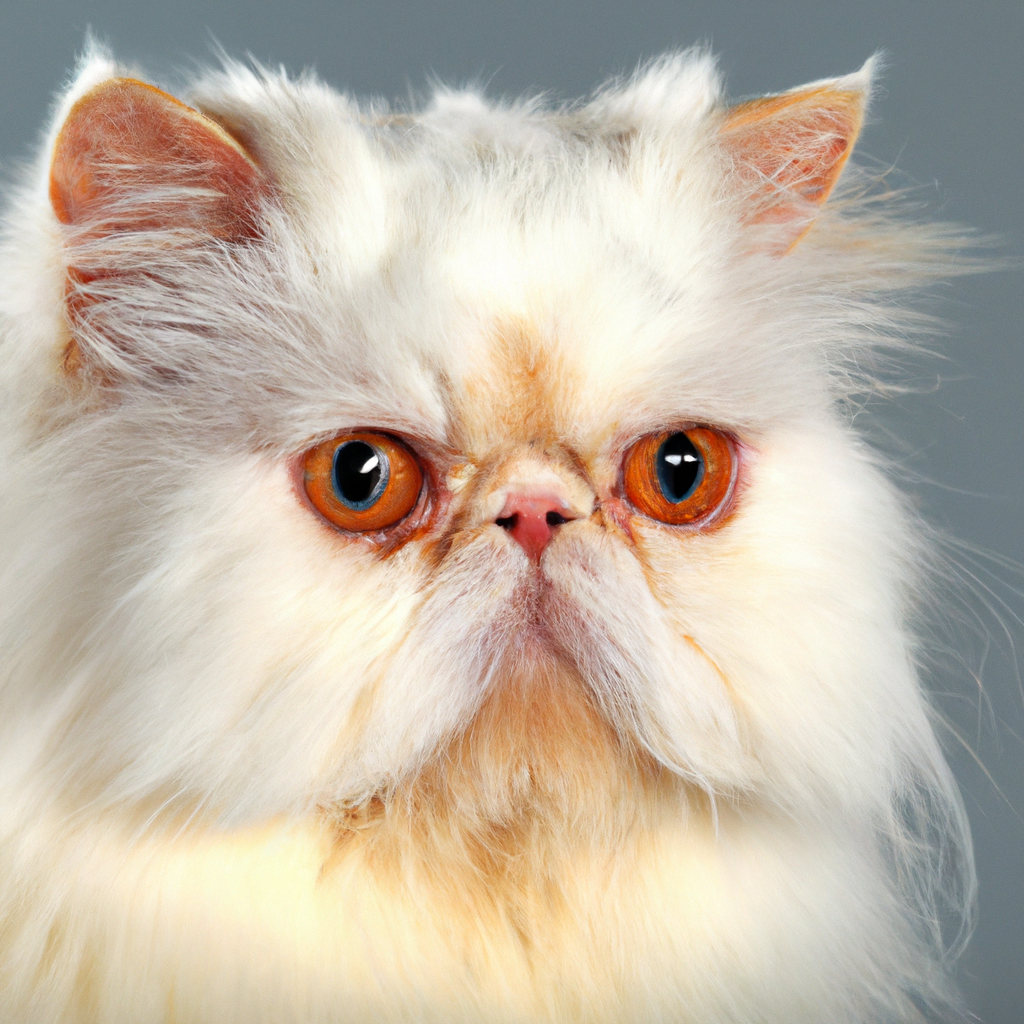Persian cats are not only known for their striking appearance but also for their unique communication style. To truly comprehend these exquisite felines, it is crucial to understand their various forms of communication. From their gentle purring to their expressive body language, Persian cats have intricate ways of conveying their emotions and intentions. By delving into the fascinating world of Persian cat communication, you will gain valuable insights into their behavior and be able to forge a stronger bond with these elegant creatures.
Understanding Persian Cat Communication
Persian cats are known for their luxurious coats and sweet, gentle disposition. But like any other feline, they have their unique ways of expressing themselves. To truly understand your Persian cat and strengthen your bond with them, it’s essential to comprehend their communication style. Persian cats communicate through vocalizations, body language, facial expressions, tail movements, ear positions, purring, meowing, hissing, growling, chirping, chattering, and eye contact. Let’s delve into the specifics of each of these fascinating modes of communication.
Vocal Communication
Persian cats have a variety of vocalizations, with meowing being the most common. However, they possess different types of meows, each with its distinct meaning. Paying attention to the context in which your Persian cat meows can provide valuable insights into their needs and emotions. They may use their meows to express hunger, attention-seeking, or discomfort. Additionally, Persian cats may also emit trilling and chirping noises as forms of communication, which can indicate their excitement or happiness.

Body Language
Observe your Persian cat’s posture and movements to decipher their mood and intentions. Pay attention to their overall posture, as it can reveal if they feel relaxed, scared, or threatened. When a Persian cat stretches and rolls around, it signifies their contentment and trust in their environment. You may also notice specific head positions, such as tilting or lowering their head, conveying curiosity or submission. Another common behavior is kneading and paddling, where they rhythmically push their paws against a soft object, often indicating their comfort or contentment.
Facial Expressions
The expressive faces of Persian cats can reveal a wealth of information about their emotional state. Like humans, their eyes, whiskers, and mouth display a range of emotions. Take note of their eyes, which can be wide-open, half-closed, or squinting. Wide-open eyes express alertness and curiosity, while squinting or partially closed eyes often indicate contentment and relaxation. Persian cats’ whiskers, when sticking outwards, suggest that they are alert or agitated. Conversely, when their whiskers are relaxed and tucked close to their face, they are likely feeling calm and content. Lastly, pay attention to their mouth – an open mouth with relaxed lips indicates a contented or relaxed feline.

Tail Movements
The movements of a Persian cat’s tail are another essential aspect of their communication. The position, flicking, and fluffiness of their tail convey different messages. When a Persian cat holds its tail upright in a confident manner, it signifies their relaxed state and self-assurance. On the other hand, a rapidly flicking tail suggests agitation or annoyance. A puffed-up tail is a clear sign of fear or aggression, serving as a warning to potential threats.
Ear Positions
The position of a Persian cat’s ears can provide valuable insights into their current emotional state. When their ears are erect and facing forward, it often indicates that they are alert, interested, or curious about their surroundings. In contrast, flattened and sideways ears suggest fear, discomfort, or submission. It’s crucial to observe both ears together, as one ear forward and one ear back signifies uncertainty or indecision.
Purring
One of the most common and delightful sounds Persian cats make is purring. Purring is an unmistakable sign of contentment and relaxation. It’s their way of expressing pleasure, comfort, and trust in their environment. When your Persian cat purrs, it’s a clear indication that they feel safe, secure, and happy to be in your presence. Embrace this sweet sound as a testament to the bond you share with your feline companion.
Meowing
The meowing of Persian cats serves as a form of communication, with different meows conveying various needs and desires. When they seek attention or companionship, they may emit short, high-pitched meows. If your Persian cat is hungry, they may produce more insistent or prolonged meows. On the other hand, if they are experiencing discomfort or pain, their meows may sound different, such as lower-pitched or more plaintive. By paying attention to your cat’s meows and understanding their context, you can better cater to their needs.
Hissing and Growling
Persian cats, like all cats, have the ability to hiss and growl, serving as defensive and aggressive forms of communication. When feeling threatened or faced with a potential danger, Persian cats may hiss or growl as a warning. These vocalizations, along with accompanying body language, serve to establish boundaries and fend off potential harm. It’s essential to respect and give your Persian cat space when they exhibit these defensive behaviors, as it indicates their discomfort or fear.
Chirping and Chattering
In addition to their unique vocalizations, Persian cats may also exhibit chirping and chattering noises. These sounds are often associated with their excitement or fascination with prey, such as birds or insects. The chirping noise is their way of mimicking the sound of their prey, showing their hunting instincts even in domesticated settings. It’s a fascinating behavior to observe and appreciate, as it connects them to their ancestral roots as skilled hunters.
Eye Contact and Blinking
Eye contact and blinking play a significant role in Persian cat communication. When your Persian cat maintains eye contact with you, it is a sign of trust and affection. They feel comfortable enough to establish a deeper connection with you. Similarly, slow blinking is a gesture of calmness and contentment. By reciprocating their slow blinks, you can effectively convey your own feelings of love and trust towards your feline companion.
Understanding Persian cat communication goes beyond their physical gestures and sounds; it involves developing a deep bond and connection with your feline companion. By paying close attention to their vocalizations, body language, facial expressions, tail movements, ear positions, purring, meowing, hissing, growling, chirping, chattering, and eye contact, you can gain a better understanding of their emotions, needs, and overall well-being. This knowledge will enable you to provide the love, care, and attention that your beloved Persian cat deserves.
